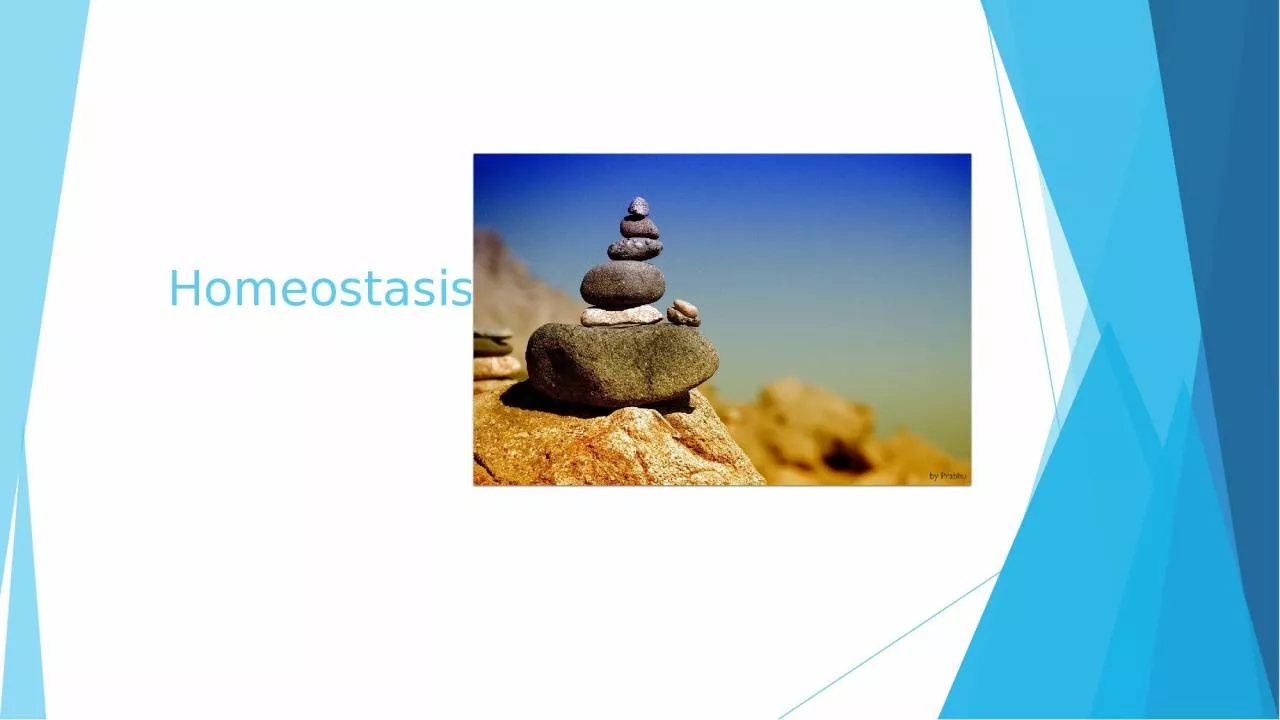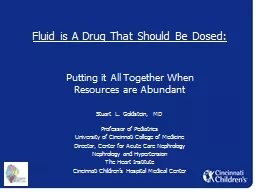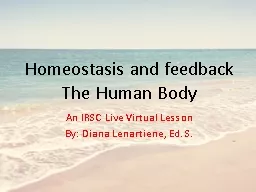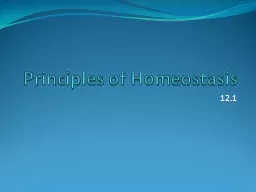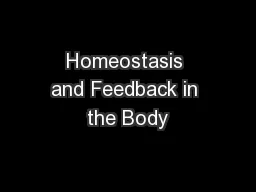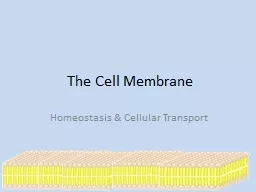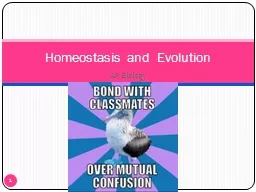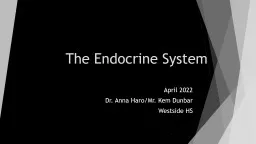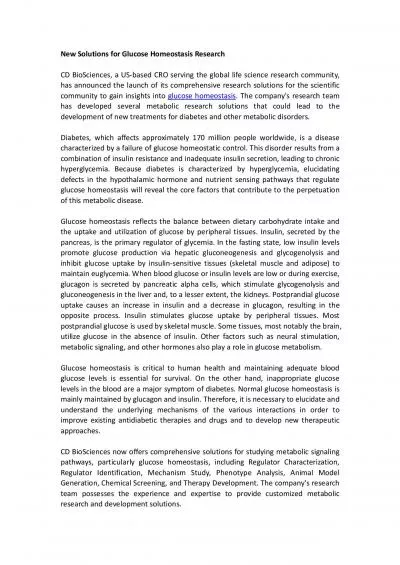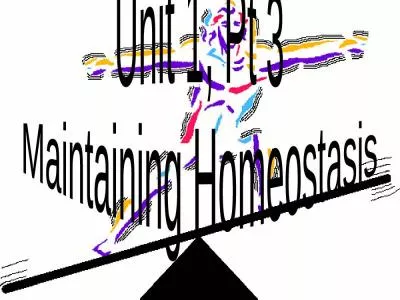PPT-Homeostasis What is homeostasis?
Author : Foodie | Published Date : 2022-07-28
According to MerriamWebster homeostasis is the maintenance of relatively stable internal physiological conditions as body temperature or the pH of blood in higher
Presentation Embed Code
Download Presentation
Download Presentation The PPT/PDF document "Homeostasis What is homeostasis?" is the property of its rightful owner. Permission is granted to download and print the materials on this website for personal, non-commercial use only, and to display it on your personal computer provided you do not modify the materials and that you retain all copyright notices contained in the materials. By downloading content from our website, you accept the terms of this agreement.
Homeostasis What is homeostasis?: Transcript
Download Rules Of Document
"Homeostasis What is homeostasis?"The content belongs to its owner. You may download and print it for personal use, without modification, and keep all copyright notices. By downloading, you agree to these terms.
Related Documents

